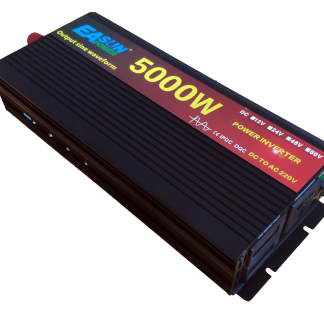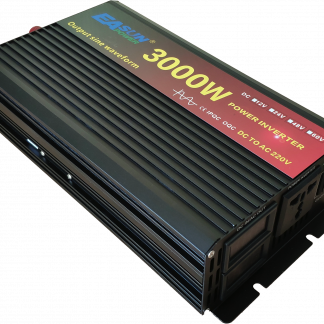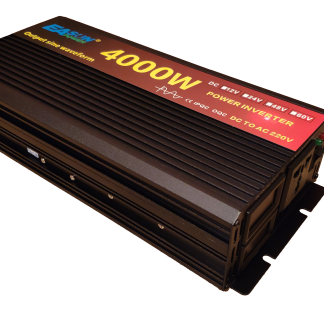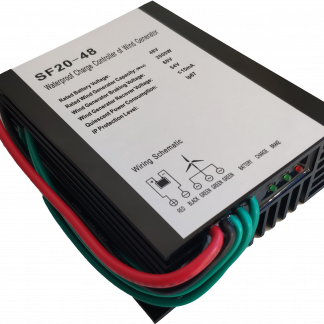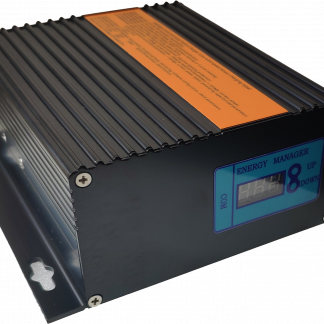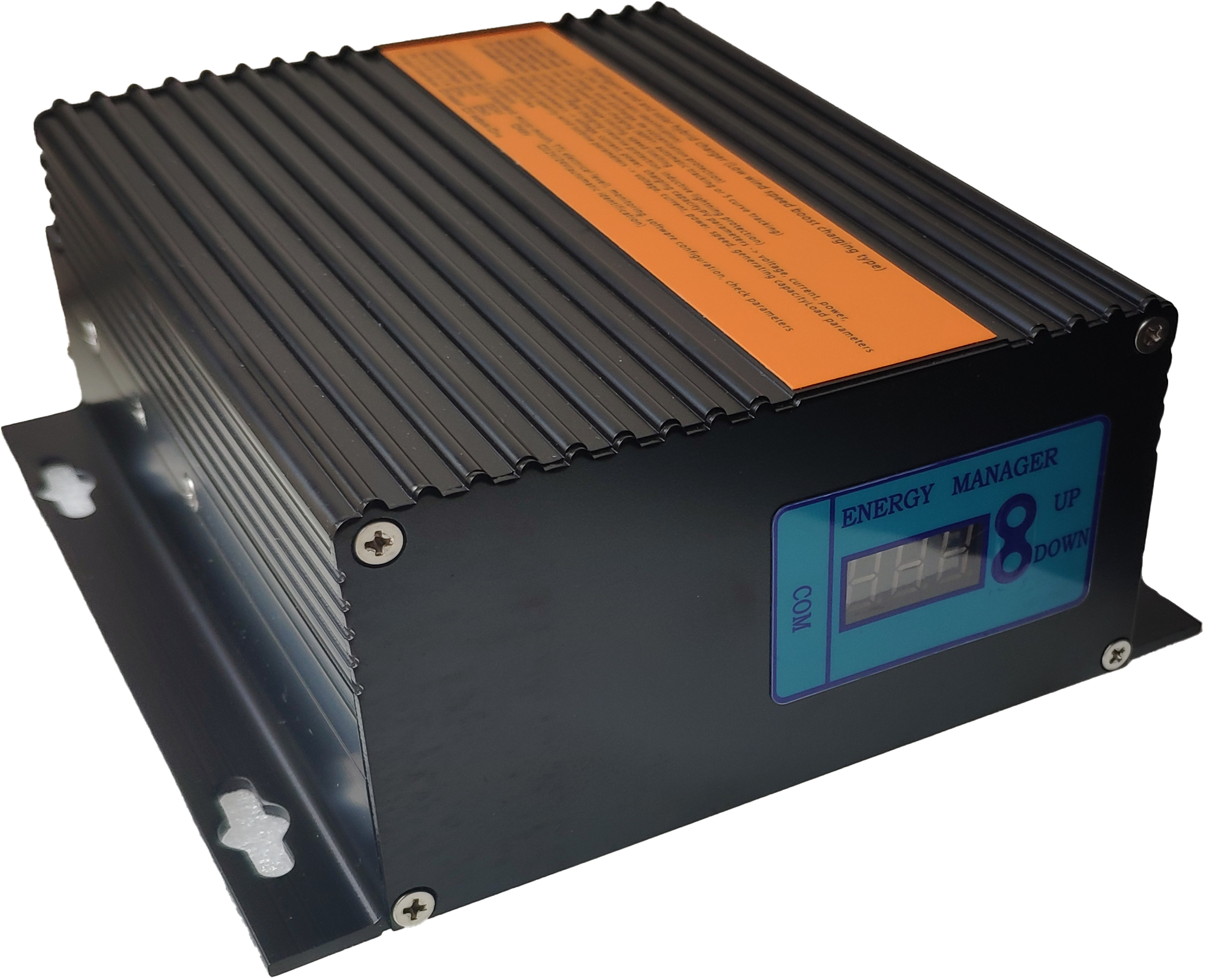
A Maximum Power Point Tracking (MPPT) controller is a device that is used in photovoltaic (PV) and wind energy systems to optimize the power output of a solar panel or wind generator. The maximum power point is the point at which wind or solar generator produces the maximum amount of power depending on the current environmental conditions. The purpose of an MPPT controller is to extract the maximum amount of power from a solar panel or wind generator and store it in a battery bank for later use.
The working principle of MPPT technology is based on the fact that the voltage and current output from a solar panels and wind turbines varies with various environmental and physical factors. This means that the power output from a solar panel or wind generator is not constant, but instead varies over time. Without an MPPT controller, the voltage and current output from a solar panel or wind generator would be unpredictable, and the energy stored in the battery bank would be limited.
![]() Controllers with MPPT technology work by constantly monitoring the voltage and current output of a solar panel or wind generator, and adjusting the load to the battery bank to ensure that the maximum power is being transferred. It transforms the load by using power electronics to boost and convert the voltage and current output from the the generator into a form that can be efficiently stored in the battery bank. This process is known as “maximum power point tracking” and is the key function of an MPPT controller.
Controllers with MPPT technology work by constantly monitoring the voltage and current output of a solar panel or wind generator, and adjusting the load to the battery bank to ensure that the maximum power is being transferred. It transforms the load by using power electronics to boost and convert the voltage and current output from the the generator into a form that can be efficiently stored in the battery bank. This process is known as “maximum power point tracking” and is the key function of an MPPT controller.
MPPT controllers are essential in photovoltaic and systems because solar panels have a non-linear output that varies with temperature and light intensity. One of the key benefits of MPPT technology is that it can increase the efficiency of a photovoltaic or wind energy system by up to 30% compared to traditional methods. This is because an MPPT controller can extract more power from a solar panel or wind generator, even under changing environmental conditions, compared to traditional methods that do not use MPPT.
MPPT controllers also play a crucial role in protecting the battery from overcharging and over-discharging. By constantly monitoring the voltage and current output of the system, an MPPT controller can ensure that the battery bank is being charged and discharged within safe limits, extending the life of the batteries and protecting them from damage.
A typical MPPT controller is a small (or sometimes not so small) electronic device that is often housed in a compact plastic or metal casing. It typically has several input and output connections for connecting to a solar panel, wind generator, battery bank, and load, as well as a display screen and several buttons for adjusting settings and monitoring the performance of the system. The design of an MPPT controller can vary depending on the manufacturer and model, but the basic function and components are typically similar.
So Maximum Power Point Tracking Controllers are an important component in photovoltaic and wind energy on-grid and off-grid systems, allowing for efficient and effective transfer of power from a solar panel or wind generator to a battery bank. By maximizing the power output of a system, an MPPT controller can also help to reduce the cost of energy, increase the lifespan of the battery bank, and ensure a reliable source of energy for years to come.

